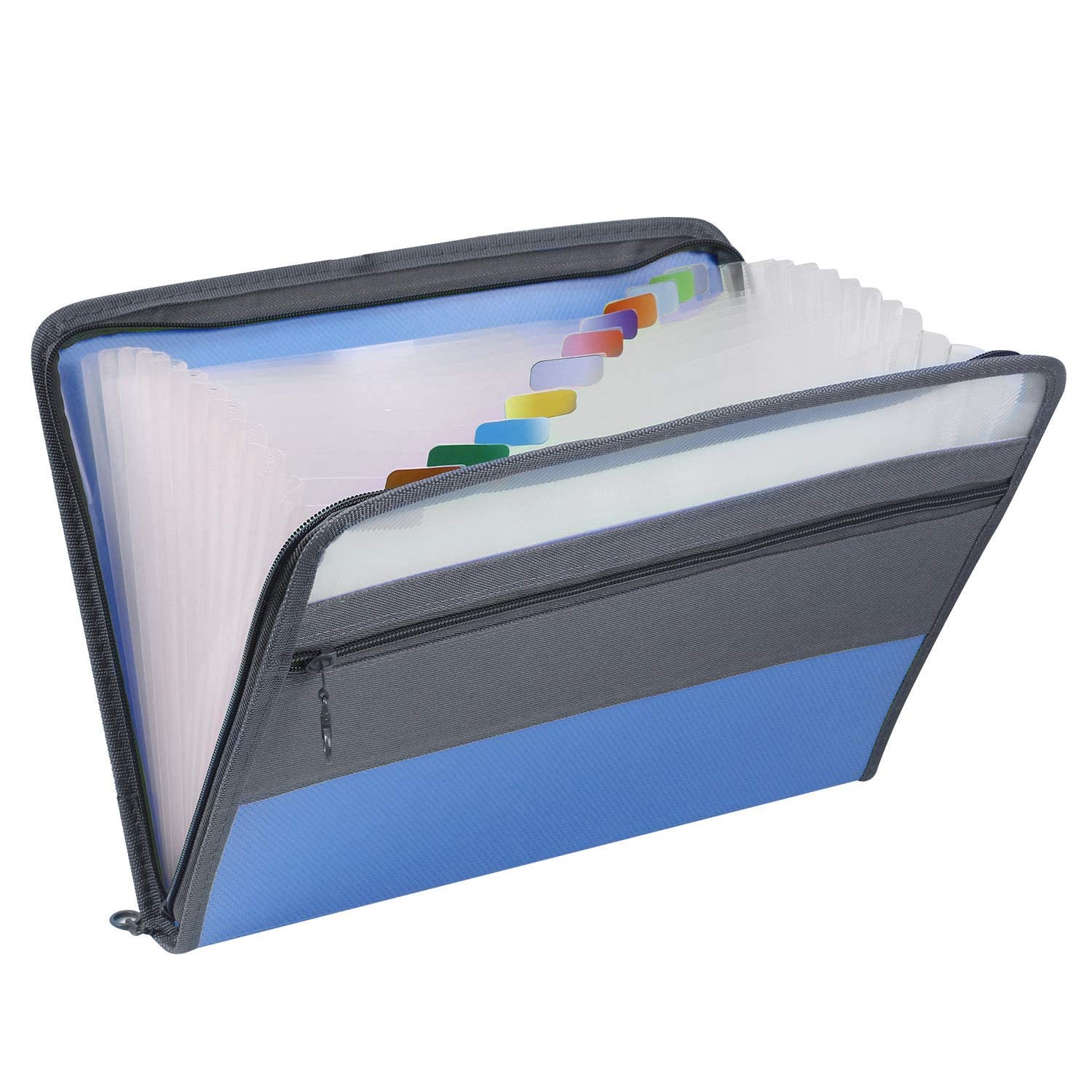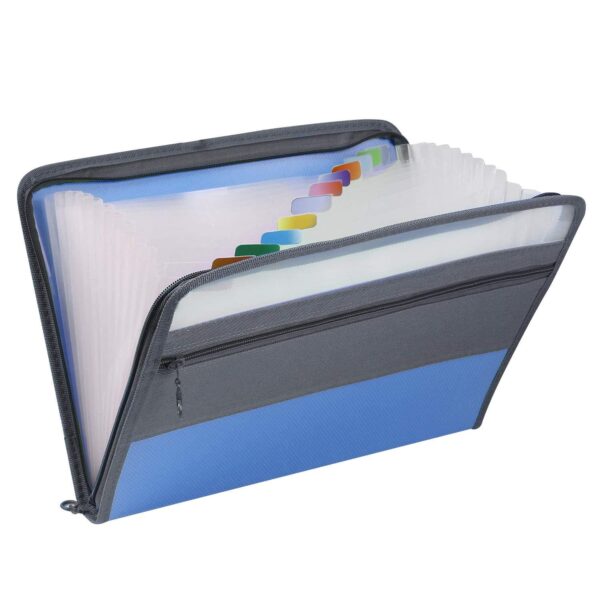Description
Lab3 Othello Game (α−β pruning)
17341015 Hongzheng Chen
Contents
1 Othello 2
2 Tasks 2
3 Codes 2
4 Results 5
Figure 1: Othello Game
1 Othello
Othello (or Reversi) is a strategy board game for two players, played on an 8×8 uncheckered board. There are sixty-four identical game pieces called disks (often spelled ”discs”), which are light on one side and dark on the other. Please see figure 1.
The object of the game is to have the majority of disks turned to display your color when the last playable empty square is filled.
You can refer to http://www.tothello.com/html/guideline_of_reversed_othello.html for more information of guideline, meanwhile, you can download the software to have a try from http:
//www.tothello.com/html/download.html. The game installer tothello trial setup.exe can also be found in the current folder.
2 Tasks
1. In order to reduce the complexity of the game, we think the board is 6 × 6.
2. There are several evaluation functions that involve many aspects, you can turn to http://blog. sina.com.cn/s/blog_53ebdba00100cpy2.html for help. In order to reduce the difficulty of the task, I have given you some hints of evaluation function in the file Heuristic Function for Reversi (Othello).cpp.
3. Please choose an appropriate evaluation function and use min-max and α−β prunning to implement the Othello game. The framework file you can refer to is Othello.cpp. Of course, I wish your program can beat the computer.
4. Write the related codes and take a screenshot of the running results in the file named E03 YourNumber.pdf, and send it to ai 201901@foxmail.com.
3 Codes
The codes below only show the search part and the judge part. For other parts, please refer to the attached Othello.cpp.
Since this LATEXtemplate cannot insert Chinese, so I only screenshot the minimax search algorithm here.
I modify the provided heuristics to 6 × 6 game, and the code is shown below. There is lots of aprior knowledge and filled with magic numbers!
double Othello::MyJudge(Othello *board, enum Option player)
{ int my_tiles = 0, opp_tiles = 0, i, j, k, my_front_tiles = 0, opp_front_tiles = 0, x, y
,→ ; double p = 0, c = 0, l = 0, m = 0, f = 0, d = 0;
enum Option my_color = player; enum Option opp_color = (enum Option) – player;
// eight directions int X1[] = {-1, -1, 0, 1, 1, 1, 0, -1}; int Y1[] = {0, 1, 1, 1, 0, -1, -1, -1}; // aprior weights for each movement
int V[6][6] =
{{20, -3, 11, 11, -3, 20},
{-3, -7, -4, -4, -7, -3},
{11, -4, 2, 2, -4, 11},
{11, -4, 2, 2, -4, 11},
{-3, -7, -4, -4, -7, -3},
{20, -3, 11, 11, -3, 20}};
// Piece difference
for (i = 0; i < 6; i++)
for (j = 0; j < 6; j++)
{
// count how many tiles are occupied if (board->cell[i][j].color == my_color)
{ d += V[i][j]; my_tiles++;
} else if (board->cell[i][j].color == opp_color)
{ d -= V[i][j]; opp_tiles++;
}
// find the difference in eight directions if (board->cell[i][j].color != SPACE)
{
for (k = 0; k < 8; k++)
{
x = i + X1[k]; y = j + Y1[k]; if (x >= 0 && x < 6 && y >= 0 && y < 6 && board->cell[x][y].color == SPACE)
{ if (board->cell[i][j].color == my_color)
my_front_tiles++; else opp_front_tiles++; break;
}
}
}
}
// calculate the proportions if (my_tiles > opp_tiles)
p = (100.0 * my_tiles) / (my_tiles + opp_tiles);
else if (my_tiles < opp_tiles)
p = -(100.0 * opp_tiles) / (my_tiles + opp_tiles);
else
p = 0;
if (my_front_tiles > opp_front_tiles)
f = -(100.0 * my_front_tiles) / (my_front_tiles + opp_front_tiles);
else if (my_front_tiles < opp_front_tiles)
f = (100.0 * opp_front_tiles) / (my_front_tiles + opp_front_tiles); else
f = 0;
// Corner occupancy my_tiles = opp_tiles = 0; if (board->cell[0][0].color == my_color) my_tiles++;
else if (board->cell[0][0].color == opp_color) opp_tiles++;
if (board->cell[0][5].color == my_color) my_tiles++;
else if (board->cell[0][5].color == opp_color) opp_tiles++;
if (board->cell[5][0].color == my_color) my_tiles++;
else if (board->cell[5][0].color == opp_color) opp_tiles++;
if (board->cell[5][5].color == my_color) my_tiles++;
else if (board->cell[5][5].color == opp_color) opp_tiles++;
c = 25 * (my_tiles – opp_tiles);
// Mobility
// The more tiles can be moved on, the better my_tiles = Rule(board, my_color); opp_tiles = Rule(board, opp_color); if (my_tiles > opp_tiles)
m = (100.0 * my_tiles) / (my_tiles + opp_tiles);
else if (my_tiles < opp_tiles)
m = -(100.0 * opp_tiles) / (my_tiles + opp_tiles);
else
m = 0;
// final weighted score (magic numbers!) double score = (10 * p) + (801.724 * c) + (78.922 * m) + (74.396 * f) + (10 * d); return score;
}
4 Results
I let the two AIs play with each other, and the results are shown below.
Figure 2: My AI uses black disk and beats the computer
Figure 3: My AI uses white disk and beats the computer




Reviews
There are no reviews yet.